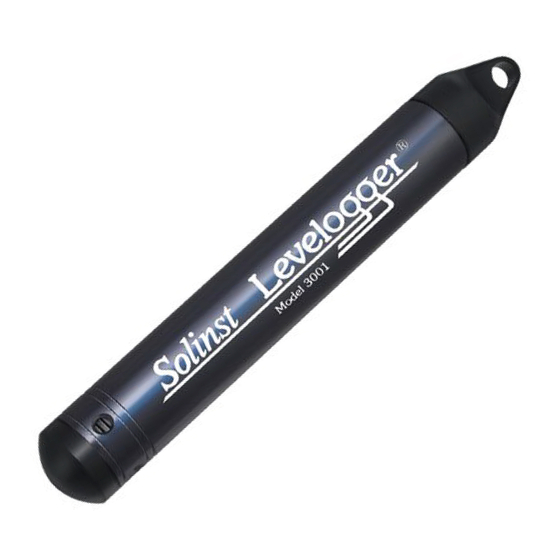
Solinst Levelogger Series User Manual
Hide thumbs
Also See for Levelogger Series:
- User manual (64 pages) ,
- Quick start manual (8 pages) ,
- User manual (2 pages)
Table of Contents
Advertisement
Advertisement
Table of Contents




Need help?
Do you have a question about the Levelogger Series and is the answer not in the manual?
Questions and answers